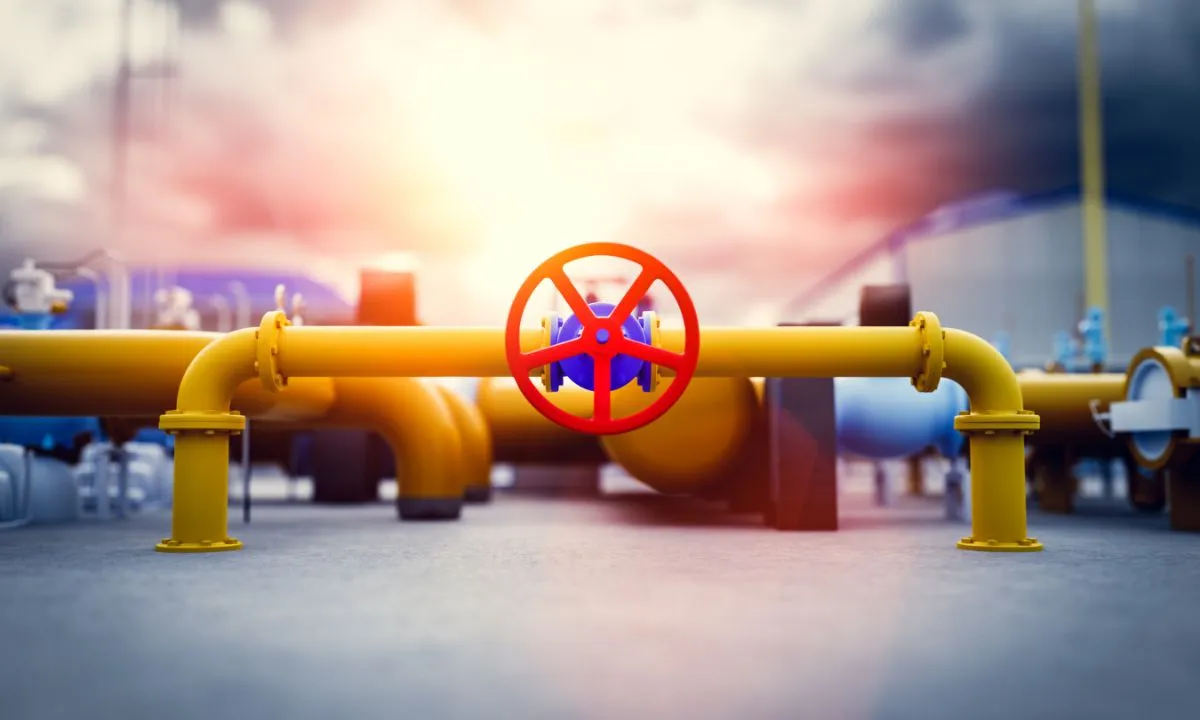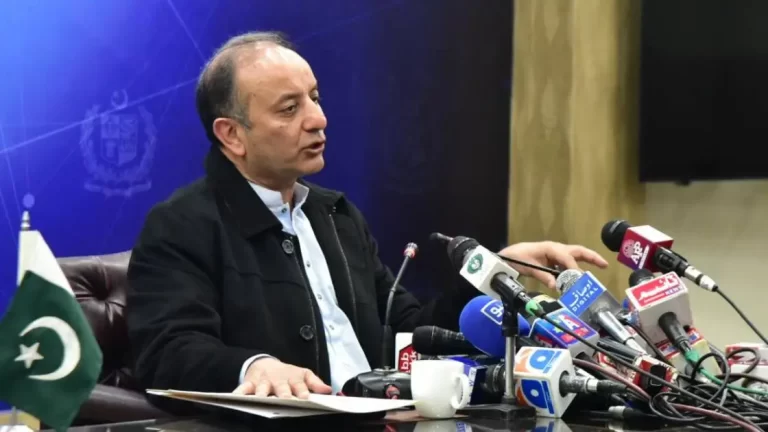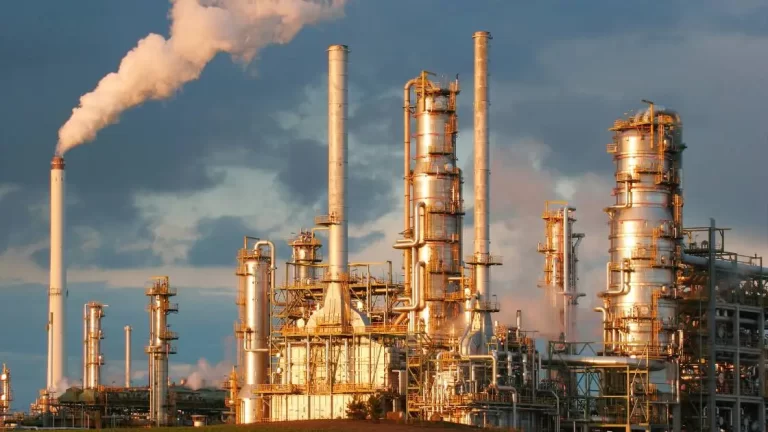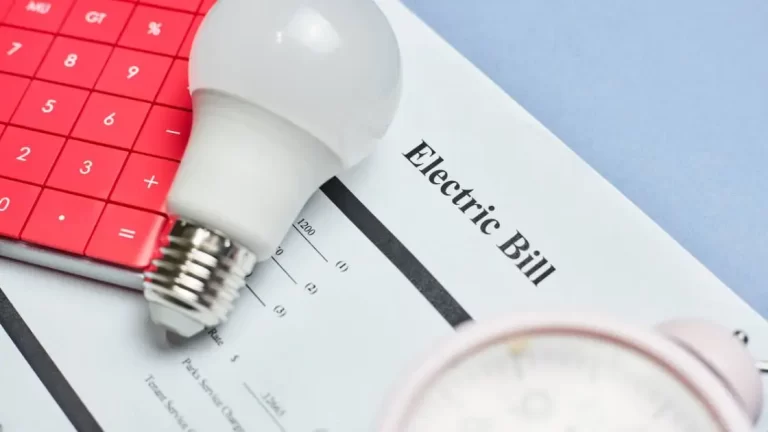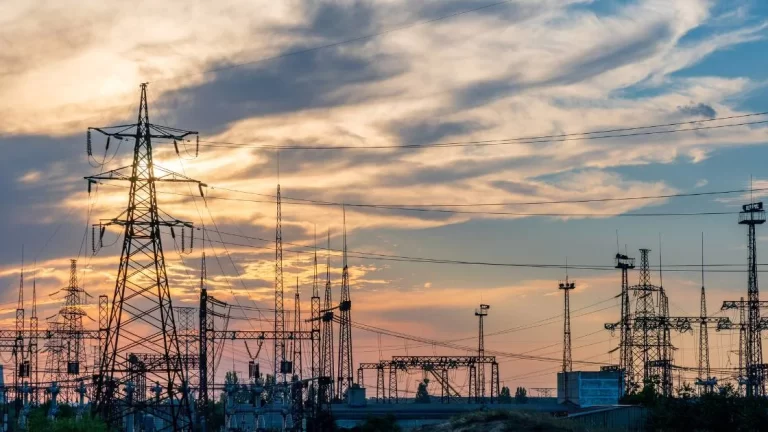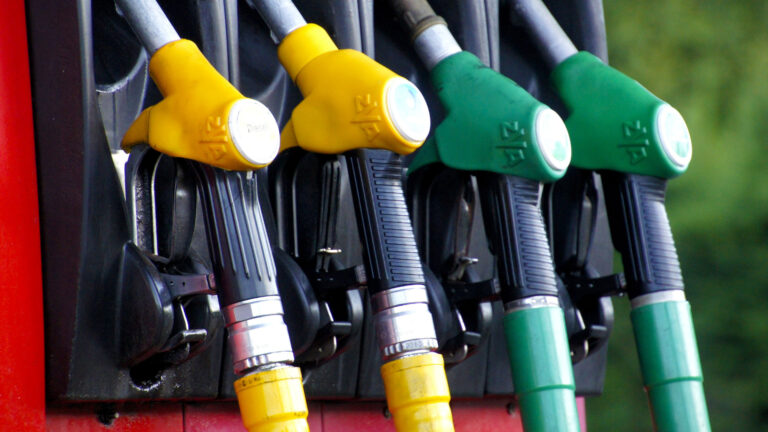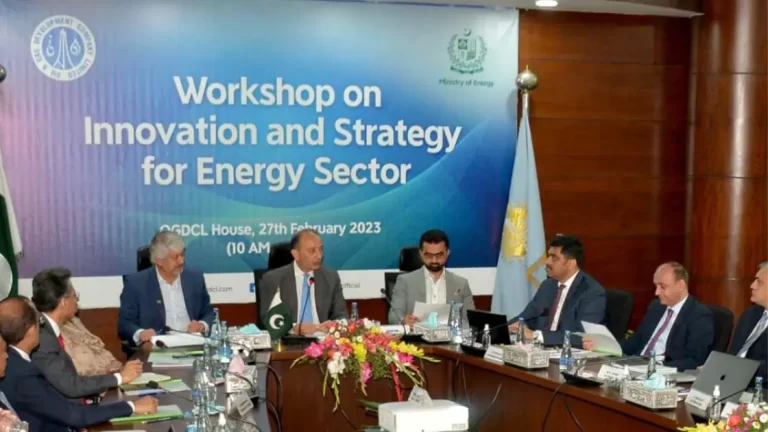Pakistan’s Gas Sector To Undergo Drastic Reforms
Muhammad Haris
Pakistan’s gas sector in the next couple of years will witness some drastic developments aimed at reducing the circular debt, ending the disparity of price tags amongst the industries and provinces, and eliminating element subsidies in the specified sectors, especially cheaper gas provided to captive power plants which would be abolished by 2025.
The Country Report of IMF on Pakistan said that the pricing structure for non-domestic consumers will continue to be refined via semiannual notifications, including for the December 2023 determination, to direct scarce resources to more efficient assets, phase out captive power in the near term, and transitioning captive power users to the electricity grid, in line with the Cabinet Committee on Energy decision of January 2021. Pakistan Assures IMF To Increase Revenue Base
Accordingly, prices for captive power users will be increased where network distribution and reliability are present, whereas other captive power users should make the transition to the electricity grid within twelve months, at which point prices will be increased to the RLNG equivalent.
To bring the use of captive power generation to a conclusive end by January 2025, the report said.
The government will announce a plan to make the use of this generation uneconomic by the end of March 2024.
Move to reduce price disparities between regions and industries and within industries. This will include
(i) gradually seeking to move toward prices provided to the fertilizer sector that are closer to cost recovery. Gas provided to a section of the fertilizer sector receives a large cross-subsidy from industry and upon expiry of the current fixed concession fee tariff agreement, the cross-subsidy will end in March 2024
(ii) equalizing rates between export and non-export industries. We will also entirely end the subsidization of fertilizer products through gas price cross-subsidies, with any subsidies being provided by explicit on-budget subsidies from July 1, 2024.
(iii) Unify pricing across indigenous gas and imported RLNG, and improve the cross-subsidies across industries. The Ministry of Energy is working on guidelines to be issued to OGRA to implement structural gas pricing changes implied by the weighted average cost of gas (WACOG) bill enacted in March 2022.
Once implemented, the WACOG will allow full cost recovery of more expensive imported RLNG and provide a more adequate price signal to guide gas consumption across all sectors and help reduce power generation costs. e. Improve the monitoring and management of the gas CD.
Replicating the reform approach in the power sector and supported by international development partners, the government is working toward
i) devising a precise definition of CD for the gas sector (that includes oil but excludes power sector elements)
(ii) compiling detailed and verified gas CD stock statistics
(iii) establishing a quarterly gas CD flow reporting system (also benefitting from improved data management and projection capacity)
(iv) devising a gas CDMP. Salient elements of the CDMP will include regular adjustments of end-user gas prices as per established formulas (and in line with the OGRA Amendments Ordinance effective since March 2022) and tangible cost-reducing reforms (including measures to reduce unaccounted-for gas (UFG) losses, including through improvements in infrastructure, rehabilitation of networks, and theft controls).


